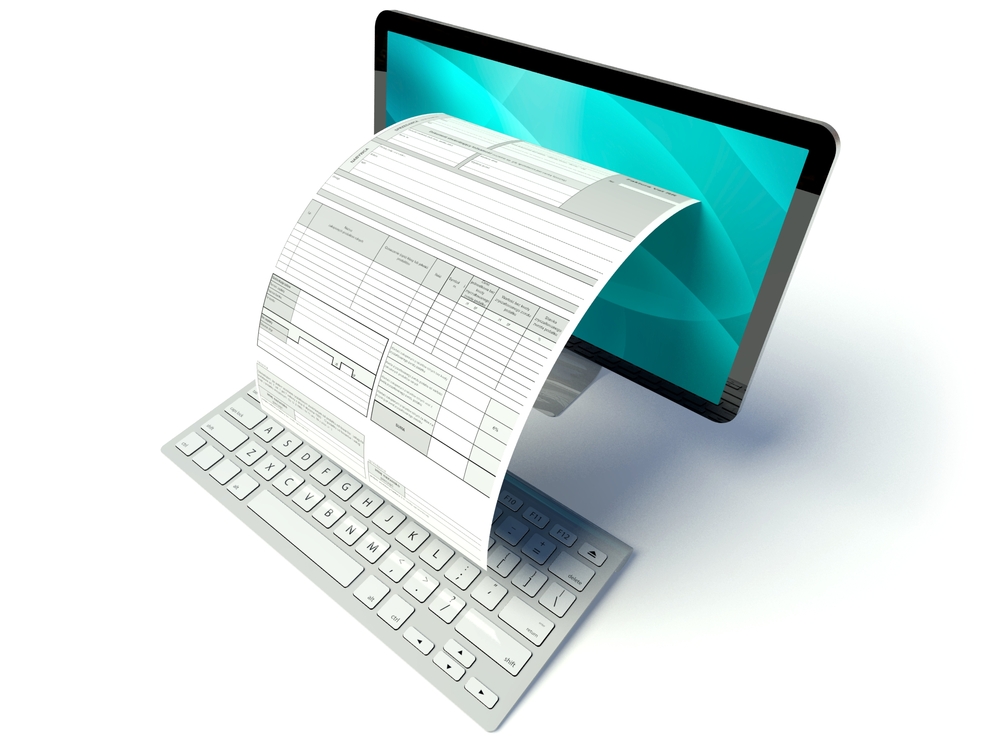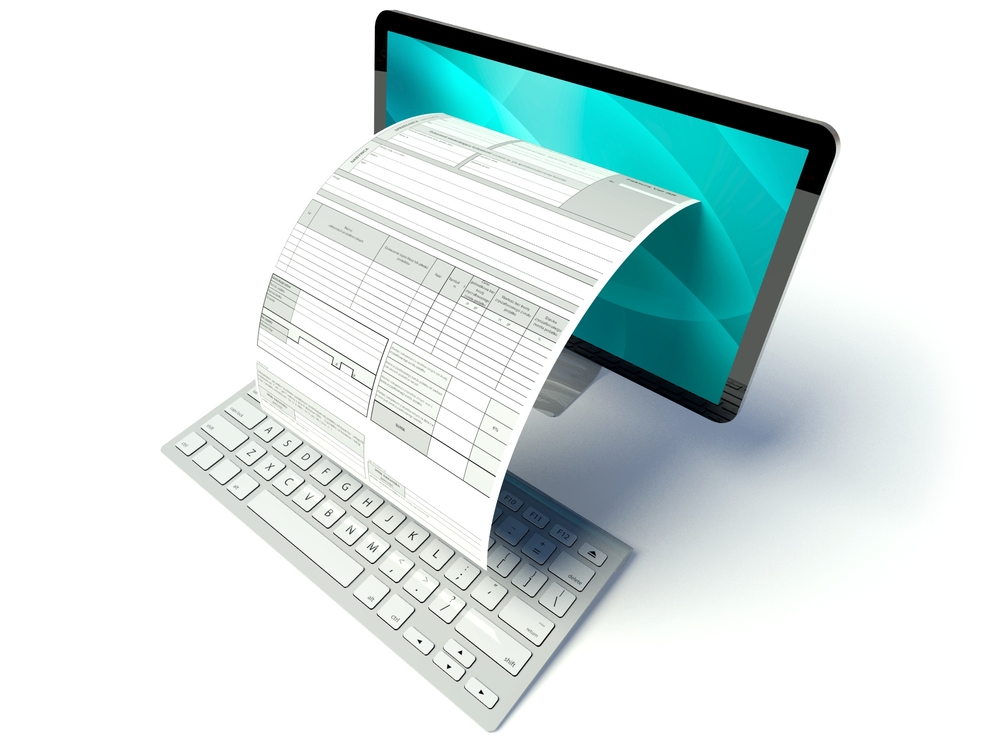Facing problems in e-invoice implementation? Are you sure, you followed a failsafe plan and maintained technology readiness? Migrating to electronic invoices can reduce your business expenses while simplifying the financial transaction processes. But only if done right! Think of e-invoicing process as a puzzle, and any mistake, however minuscule, can create empty spaces in between, thus keeping the ‘big picture’ incomplete. The only way to remedy this situation is precise planning and complete integration to existing setup. Let us explore a few tips to satisfy these two requirements and figure out how they hold the key to complete your transaction automation.

How to Perfectly Plan the Process?
Planning is and should be the first stage of any business venture. And, as financial transaction automation will definitely impact your business processes, you should definitely take time to consider your options. Let us break down the planning process in three parts to understand it better.
Get the Statistics Together
As a business person you should focus on results. It makes all the sense in the world to go for a business venture only after getting a clear insight into its benefit. With statistical data, differentiating the current invoice process cost and what the cost would be after e-invoicing implementation, making the right decision would not be a guesswork. Your service provider can offer you the estimated data. Share this information with your business partners and plan your move ahead.
Start Planning on a Global Context
Even if you are going for electronic invoicing to cater to the local clients, you need to design your plan globally. It will help you increase the number of invoices as your business grows, without continuously modifying the strategy. One of the reasons you selected financial transaction automation is its capability to minimize chances of human error. Designing the strategy on a global scale can help you achieve that.
Stay Balanced
Make it your business to incorporate the use of paper element during the transition phase to e-invoicing. Sure, you are going for a paperless business solution, but eliminating the paper usage during the initial stages of the transition is not the right move. It could create gaps within your financial transaction records. A thorough analysis will reveal that a few types of invoices are intimately connected with your internal business functions and it is better to keep them on paper. So, business entities should balance between paper and electronic invoicing solutions and let the change come slowly after the transition.
What Does Successful Integration Look Like?
With a well-calculated planning, business entities can get a pretty good idea of their priorities and what they are going to get by implementing e-invoicing solutions. But, planning is just a part of the implementation process. In order to make the solution work, you still need a glitch-free system integration. Here is a list of requirements that only successfully integrated e-invoicing solution can satisfy.
-
Successfully integrated e-invoicing solutions can support important documentations like purchase order, remittance advices, credit notes and more for audit.
-
It can offer round-the-clock global accessibility to your buyers and suppliers.
-
Integrated solutions are flexible and adaptable to various IT infrastructures. It offers secured networking facilities for sensitive information transaction.
-
A successfully integrated e-invoicing solution should offer the option to fetch data from other business systems for better supervision and control.
If you are inexperienced and do not know where to start and how to manage the process, get in touch with professionals and discuss your options.
Careful planning and technological support can help you use electronic invoices and save a considerable amount of money and effort. So, get ready to make changes and enjoy the benefits of going paperless in managing business transactions.

